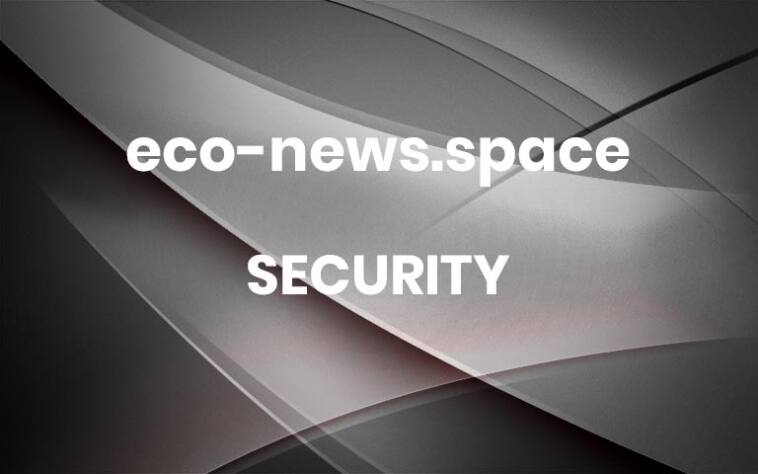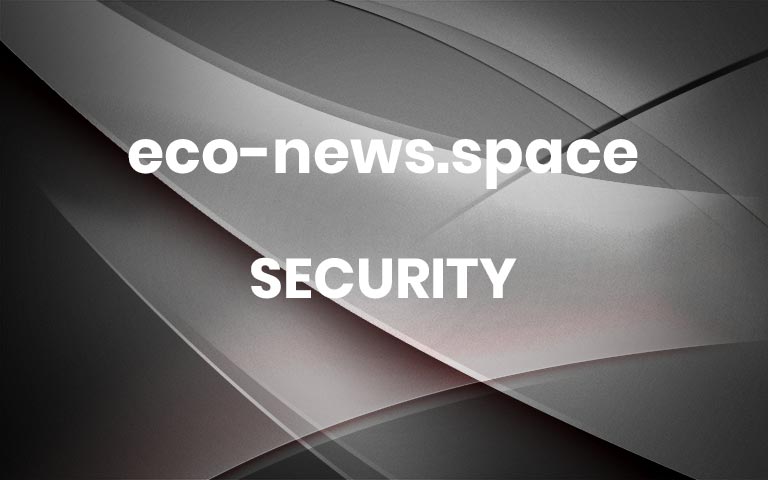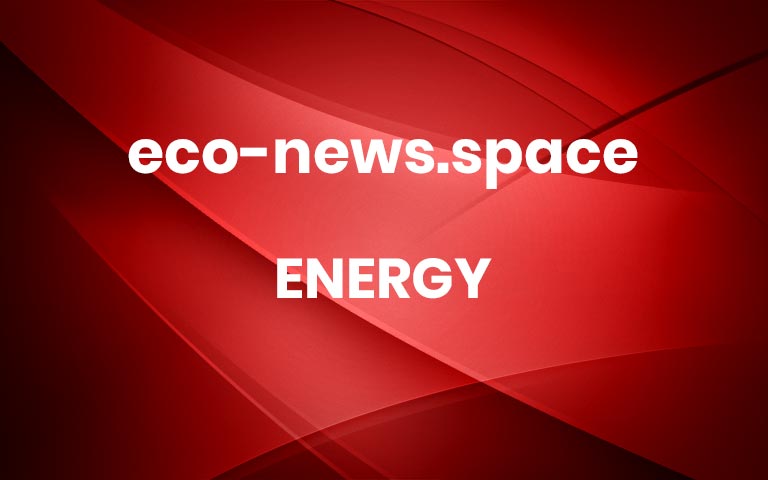Creeping crystals: Scientists observe “salt creep” at the single-crystal scale
Salt creeping, a phenomenon that occurs in both natural and industrial processes, describes the collection and migration of salt crystals from evaporating solutions onto surfaces. Once they start collecting, the crystals climb, spreading away from the solution. This creeping behavior, according to researchers, can cause damage or be harnessed for good, depending on the context. New research published June 30 in the journal Langmuir is the first to show salt creeping at a single-crystal scale and beneath a liquid’s meniscus.“The work not only explains how salt creeping begins, but why it begins and when it does,” says Joseph Phelim Mooney, a postdoc in the MIT Device Research Laboratory and one of the authors of the new study. “We hope this level of insight helps others, whether they’re tackling water scarcity, preserving ancient murals, or designing longer-lasting infrastructure.”The work is the first to directly visualize how salt crystals grow and interact with surfaces underneath a liquid meniscus, something that’s been theorized for decades but never actually imaged or confirmed at this level, and it offers fundamental insights that could impact a wide range of fields — from mineral extraction and desalination to anti-fouling coatings, membrane design for separation science, and even art conservation, where salt damage is a major threat to heritage materials.In civil engineering applications, for example, the research can help explain why and when salt crystals start growing across surfaces like concrete, stone, or building materials. “These crystals can exert pressure and cause cracking or flaking, reducing the long-term durability of structures,” says Mooney. “By pinpointing the moment when salt begins to creep, engineers can better design protective coatings or drainage systems to prevent this form of degradation.”For a field like art conservation, where salt can be devastating to murals, frescoes, and ancient artifacts, often forming beneath the surface before visible damage appears, the work can help identify the exact conditions that cause salt to start moving and spreading, allowing conservators to act earlier and more precisely to protect heritage objects.The work began during Mooney’s Marie Curie Fellowship at MIT. “I was focused on improving desalination systems and quickly ran into [salt buildup as] a major roadblock,” he says. “[Salt] was everywhere, coating surfaces, clogging flow paths, and undermining the efficiency of our designs. I realized we didn’t fully understand how or why salt starts creeping across surfaces in the first place.”That experience led Mooney to team up with colleagues to dig into the fundamentals of salt crystallization at the air–liquid–solid interface. “We wanted to zoom in, to really see the moment salt begins to move, so we turned to in situ X-ray microscopy,” he says. “What we found gave us a whole new way to think about surface fouling, material degradation, and controlled crystallization.”The new research may, in fact, allow better control of a crystallization processes required to remove salt from water in zero-liquid discharge systems. It can also be used to explain how and when scaling happens on equipment surfaces, and may support emerging climate technologies that depend on smart control of evaporation and crystallization.The work also supports mineral and salt extraction applications, where salt creeping can be both a bottleneck and an opportunity. In these applications, Mooney says, “by understanding the precise physics of salt formation at surfaces, operators can optimize crystal growth, improving recovery rates and reducing material losses.”Mooney’s co-authors on the paper include fellow MIT Device Lab researchers Omer Refet Caylan, Bachir El Fil (now an associate professor at Georgia Tech), and Lenan Zhang (now an associate professor at Cornell University); Jeff Punch and Vanessa Egan of the University of Limerick; and Jintong Gao of Cornell.The research was conducted using in situ X-ray microscopy. Mooney says the team’s big realization moment occurred when they were able to observe a single salt crystal pinning itself to the surface, which kicked off a cascading chain reaction of growth.“People had speculated about this, but we captured it on X-ray for the first time. It felt like watching the microscopic moment where everything tips, the ignition points of a self-propagating process,” says Mooney. “Even more surprising was what followed: The salt crystal didn’t just grow passively to fill the available space. It pierced through the liquid-air interface and reshaped the meniscus itself, setting up the perfect conditions for the next crystal. That subtle, recursive mechanism had never been visually documented before — and seeing it play out in real time completely changed how we thought about salt crystallization.”The paper, “In Situ X-ray Microscopy Unraveling the Onset of Salt Creeping at a Single-Crystal Level,” is available now in the journal Langmuir. Research was conducted in MIT.nano. More





